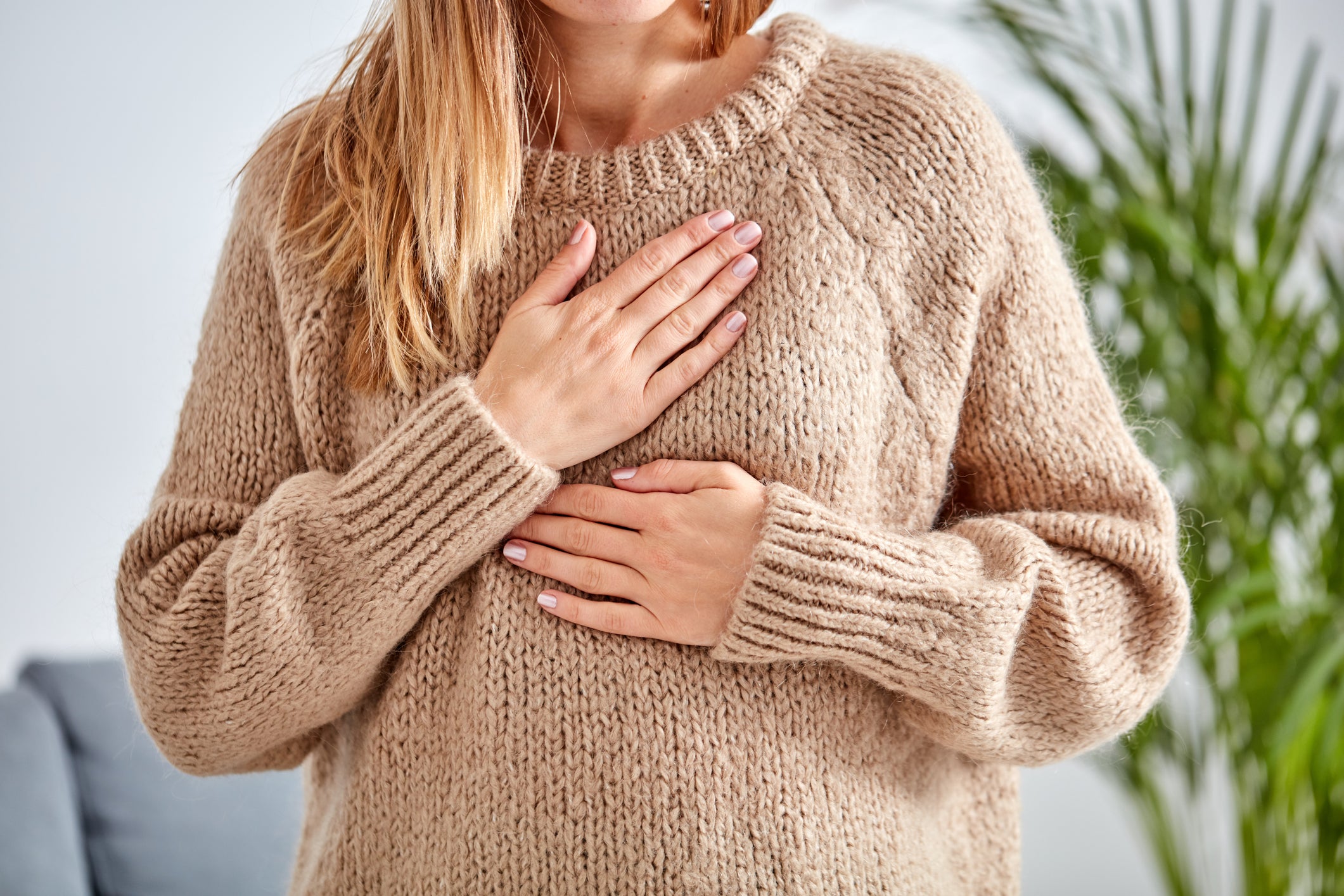
Cardiovascular diseases (CVDs) are the number one cause of death globally, taking an estimated 17.9 million lives each year.
According to the World Health Organisation (WHO), CVDs are a group of disorders of the heart and blood vessels and include coronary heart disease, cerebrovascular disease, rheumatic heart disease and other conditions.
Four out of five CVD deaths are due to heart attacks and strokes, and one third of these deaths occur prematurely in people under 70 years of age.
Despite the alarming statistics, a recent poll revealed that millions of women do not worry about having a heart attack because they believe only men suffer fatal cardiac arrests.
The research, conducted by Healthspan, found that more than one in 10 women believe only men have to worry about heart complaints, while one in eight don’t believe women suffer from heart attacks at all, and one in four think they would experience different symptoms to men if they did.
Official figures show there are currently more than 800,000 women in the UK alone living with coronary heart disease (CHD) , which is the main cause of heart attacks.
And around 35,000 women are admitted to hospital following a heart attack each year in the UK – an average of 98 per day, or four per hour.
So, are women really more likely to die of coronary heart disease? And, if so, why is it not always seen as a woman’s problem? Here is everything you need to know.
What is coronary heart disease?
The NHS states that there are many different types of CVD, including CHD which occurs when the flow of oxygen-rich blood to the heart muscle is blocked or reduced.
This puts an increased strain on the heart, and can lead to:
- Angina – chest pain caused by restricted blood flow to the heart muscle
- Heart attacks – where the blood flow to the heart muscle is suddenly blocked
- Heart failure – where the heart is unable to pump blood around the body properly
Do women suffer from CHD as much as men?
According to the British Heart Foundation (BHF), CHD kills more than twice as many women as breast cancer in the UK every year, and is the single biggest killer of women worldwide. Despite this, it’s often considered a man’s disease.
“There is still the notion that women don’t get heart disease,” Professor Peter Collins told the organisation.
“Overall, women are more aware of conditions like breast cancer and don’t realise that coronary heart disease can be a bigger risk.”
There are currently 2.3 million people in the UK living with CHD – around 1.5 million men and 830,000 women.
Are the symptoms different for men and women?
The BHF states that it is a common misconception that men and women experience different heart attack symptoms, adding that while symptoms vary from person to person, there are no symptoms that women experience more or less often than men.
However, the WHF adds that the symptoms, progress and outcome of heart disease can be different in women and this leads to women being often under-diagnosed and under-treated.
Professor Collins agrees, adding that a heart attack in women can present itself differently and that the reasons for this are complex.
“In women, a heart attack may be more likely to develop by gradual erosion of the fatty plaque in the coronary arteries, rather than a sudden rupture,” he explains.
“And it may be that women have a higher pain threshold. We know that oestrogen is an effective anti-pain agent.”
According to the NHS, symptoms of a heart attack can include:
- Severe chest pain
- Pain in other parts of the body – it can feel as if the pain is travelling from your chest to your arms, jaw, neck, back or stomach
- Lightheadedness
- Sweating
- Nausea
- Breathlessness
You should dial 999 for immediate medical assistance if you think you're having a heart attack.
You can find out more about the symptoms for different types of CVD, including strokes and Peripheral arterial disease here.
What is the heart attack gender gap?
Inequalities in awareness, diagnosis and treatment of heart attacks are leading to women needlessly dying every day in the UK, according to the BHF.
In 2019, the organisation published research that estimates that more than 8,200 women in England and Wales died over a ten-year period because they did not receive equal treatment to men.
The BHF states that more lives are at risk as research shows women delay seeking help when they experience heart attack symptoms.
Last month, a separate study conducted by leading heart failure charity the Pumping Marvellous Foundation, found that women are forced to wait more than five times longer than men for a heart failure diagnosis.
Researchers discovered women are 96 per cent more likely to get an incorrect diagnosis of heart failure than men – attributing sharp disparities to such problems being wrongly viewed as “a man’s disease”.
What are the risk factors and do they differ depending on gender?
Risk factors for CVD are largely the same for men and women. The NHS states that while the exact cause isn't clear, there are lots of things that can increase your risk of getting it including:
- High blood pressure
- Smoking
- Diabetes
- Inactivity
- Being overweight or obese
You can read more about the risk factors of CVD here.







